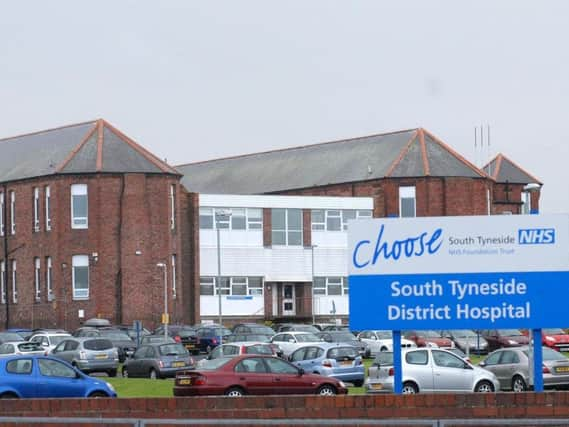Cancer death rates in South Tyneside are misleading say doctors


The research by Public Heath England (PHE), looked at the numbers of cancer patients who died within 30 days of starting chemotherapy, indicating the medication is responsible, rather than the disease itself.
However, there are so few patients receiving treatment at South Tyneside District Hospital in Harton Lane, South Shields, the research has resulted in obscured results.
Advertisement
Hide AdAdvertisement
Hide AdIn 2014, just four patients received chemotherapy for non-small cell lung cancer with the aim of being cured.
Sadly, one of these patients died at home within 30 days of receiving the medicine due to an unrelated condition.
This death then gave the trust a crude mortality rate of 25 % when compared to England’s average rate of 2.7%.
Dr Shaz Wahid, South Tyneside NHS Foundation Trust’s medical director, said: “The data is misleading due to one death in the very small number of our lung cancer patients in one particular category.
Advertisement
Hide AdAdvertisement
Hide Ad“In fact, the death contributing to the outlier status was unrelated to treatment for the lung cancer.”
The research also showed that 45 people received breast cancer treatment with the aim of being cured.
During the first 30 days there were no deaths.
However, there were two deaths from the 23 patients who were receiving the drug as a form of palliative care – giving a crude mortality rate of 8.7%.
Dr Jem Rashbass, cancer lead for PHE, said: “Studies like this help improve our understanding of how people are affected by chemotherapy in the real world and most importantly help us to treat patients better.
Advertisement
Hide AdAdvertisement
Hide Ad“Those hospitals whose death rates are outside the expected range have had the findings shared with them and we have asked them to review their practice and data.”
The research was published in The Lancet Oncology Journal.